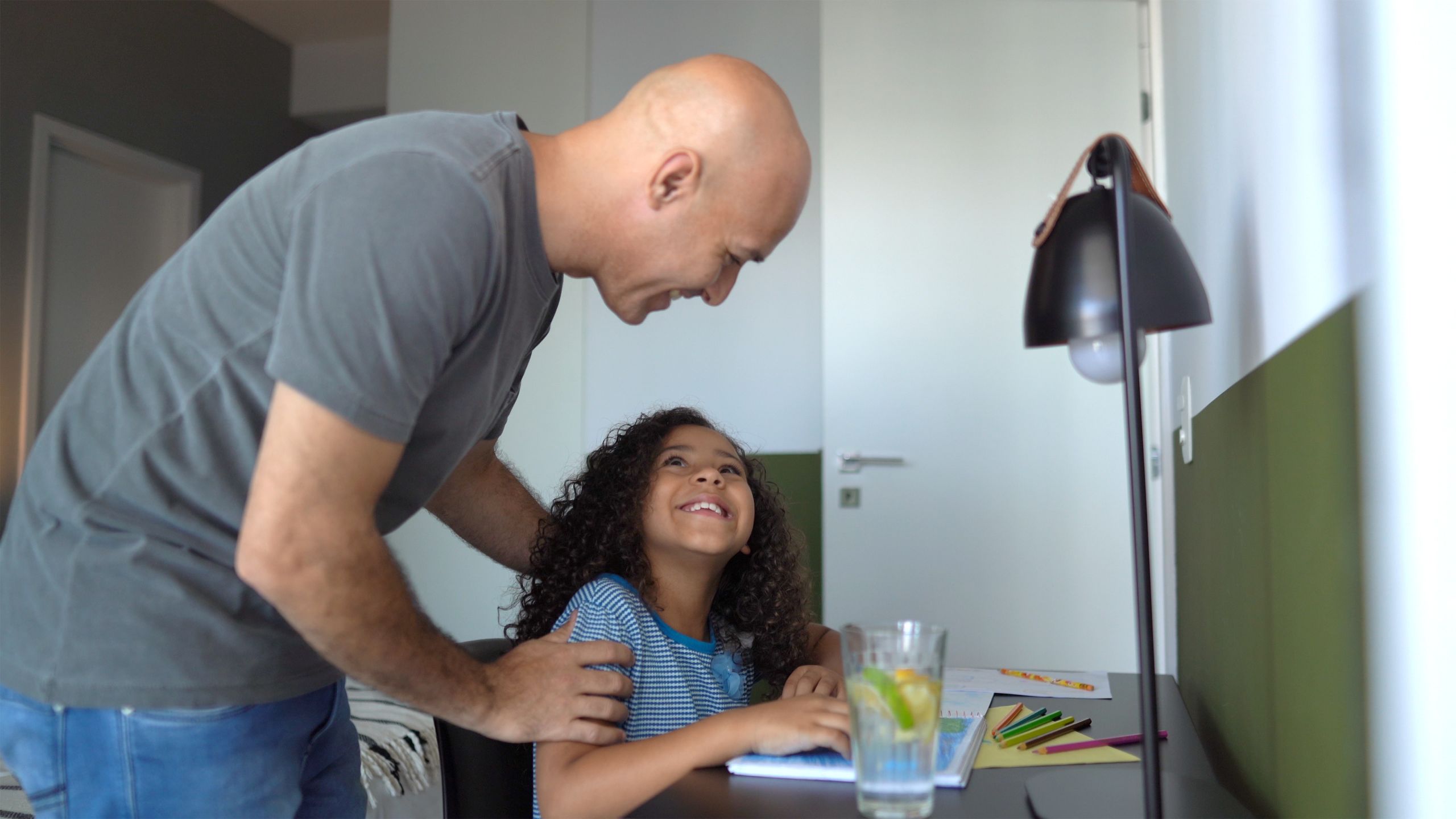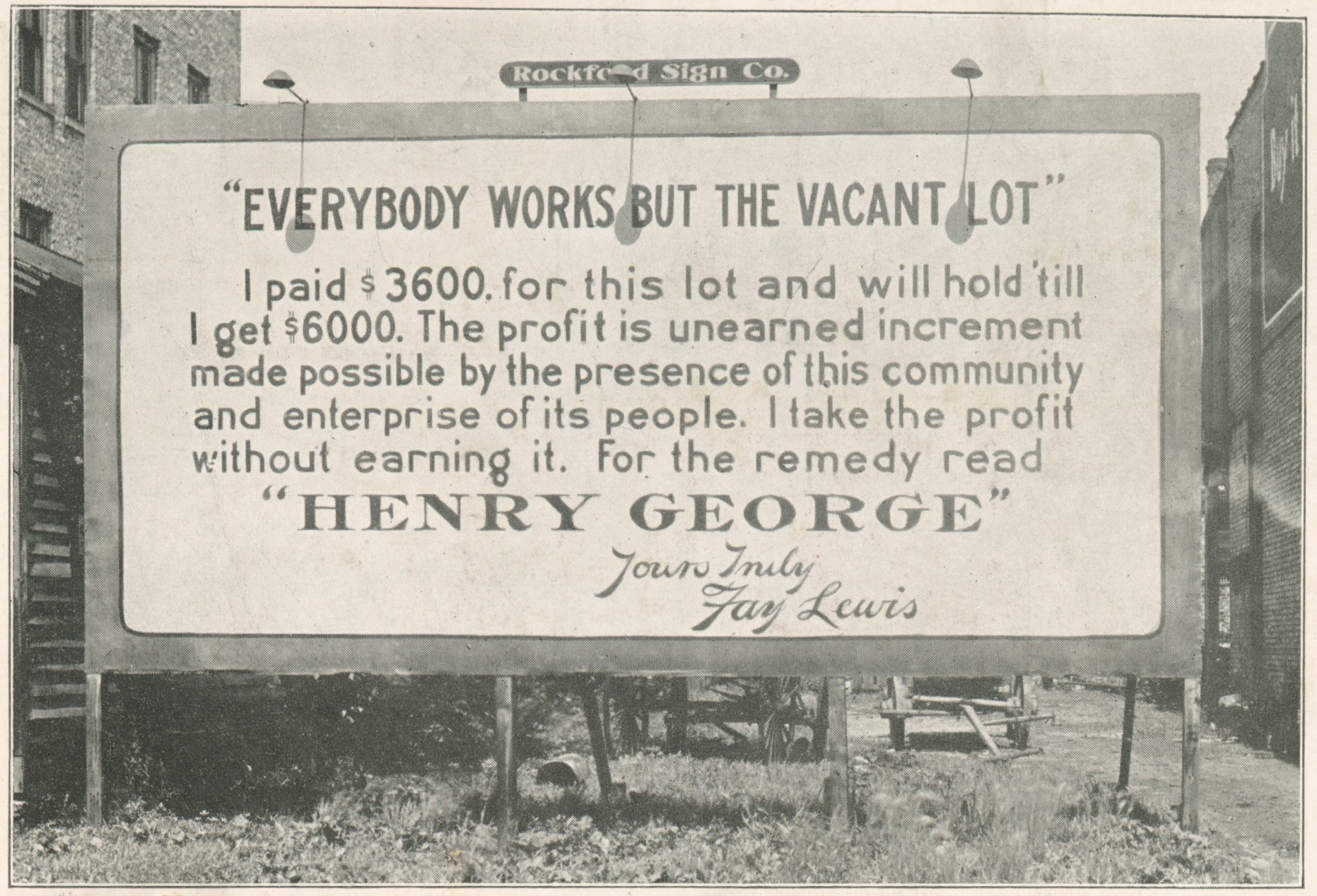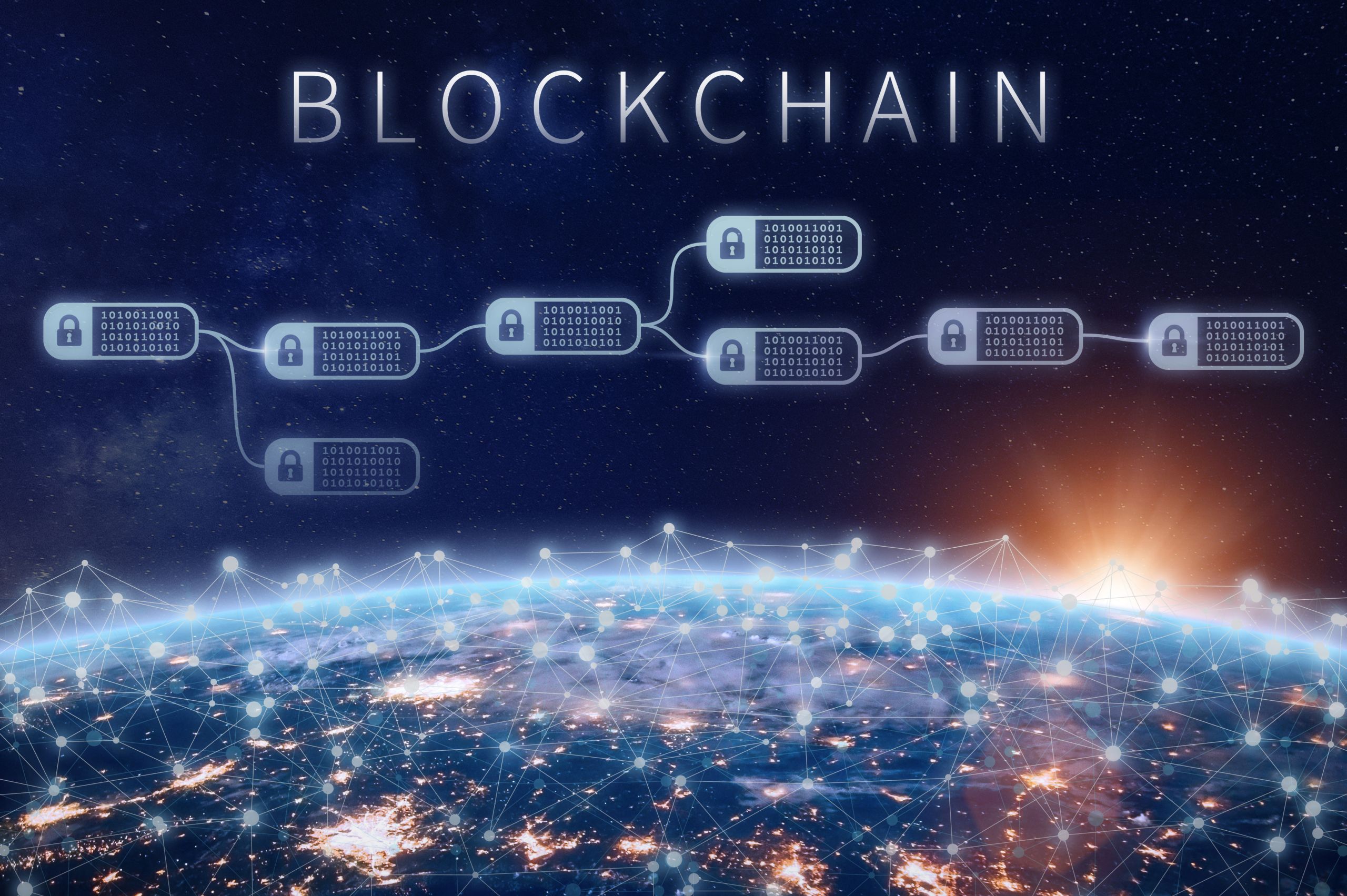Introduction
In the Introduction toPerson to Person ,Joeri Torfs and Pim Ampe share the story that inspired the book’s beginnings: exploring an abandoned but beautiful resort property in southern France. As they considered how to rehabilitate the property for community use, they ran into questions regarding economics, quality of life, community needs, and societal constraints. Ultimately, these questions led them to explore the concepts which the rest of the book explores.
The Introduction also sets out the four elements of thePerson to Person vision:
Part 1: Personal Quality of Life, in which people learn where they do and do not have agency in their immediate context to improve their quality of life.
Part 2: Community Collaboration, which sets out tools and recommendations to enable people to move away from workplace hierarchies, engage in friction less collaboration as peers and equals, and get productive work done.

Part 3: Economic Environment looks at the ways private property has promoted corruption, conflict, and inequality. It poses several solutions for aPerson to Person economic environment, starting with strategies that can be implemented on a small scale, and then more broadly depicting how technological tools like Web3, blockchain, smart contracts, etc. can be leveraged to make a more sustainable and equitable financial environment for everyone.
Part 4: Opportunities Created by the Person to Person Environment highlights the ways this economic environment could be used to improve quality of life around the world, such as transforming the housing model or providing a solution to the retirement of the Baby Boomer generation.This opening chapter ends with Pim’s introduction of Joeri Torfs—a software engineer and systems architect who professes to be “allergic to authority,” and Joeri’s introduction of Pim—a behavioral therapist with a broad background of helping people achieve greater quality of life in a variety of contexts.

Chapter 1
Chapter 1 examines research into what human beings actually require to thrive. Essentially, personal quality of life involves identifying one’s purpose, living consistently with one’s values, and pursuing greater health in each of the life domains. There are eight quality of life domains which collectively help lead to a person’s flourishing: learning and personal growth; self-determination, meaning, and basic rights; productivity and activity; leisure and social interactions; emotional and physical wellbeing; economic and material wellbeing; natural living environment; and general life satisfaction. By identifying those needs, we know the conditions required for a world that prioritizes quality of life. We can also take greater agency in our own lives to move toward quality of life and identify areas of tension where we desire change.
Chapter 1 also introduces Jake Ramirez, a fictional college student strapped for cash, seeking ways to enhance his quality of life.
We learn about Jake’s purpose—to become a teacher—and his values, which include helping others, using his skills, working toward greater social justice, and honoring his family. The chapter ends by looking at Jake’s eight life domains, identifying where he has robust health and what domains create points of tension for Jake. The rest of the book will use a narrative about Jake and his friends to illustrate the application and theory of the Person to Person concepts
Chapter 2
Chapter 2 opens with a scene between Jake and his roommate, Leon. Jake voices stress about money and Leon offers a series of unhelpful solutions, all of which help highlight the various societal constraints that someone from Jake’s background might run up against when trying to get ahead. Our current world poses many hindrances to quality of life—but perhaps that can change.
Chapter 2 makes the case for connecting with other people in a Person to Person fashion—whether that’s among friends, family units, or workplace teams.
When we remove competition and divisiveness, and instead, build awareness of our own values and needs along with our other group members, then we can connect with others in a healthier way. By recognizing our part in a bigger whole, we sense that we belong. That increases our self-esteem, making us more inclined to collaborate and contribute our best.

Chapter 2 ends with Jake going to the library and journaling about what he really wants out of life; he is building necessary self-awareness to take greater agency in his context toward quality of life. Before leaving the library, he runs into a classmate he’s attracted to, Lana. Lana affirms his efforts to build self-awareness and they make plans to get together for coffee.

Chapter 3
Chapter 3 shows Jake and Leon going for a run together, when they’re able to push past their initial awkwardness to learn more about one another; they each share something more about what they really want out of life—their core purpose. Leon suggests they work on a YouTube video series together to publicize secrets of a popular video game. Although initially skeptical, Jake decides this aligns with his purpose to teach others and might also help him solve his money problems. The two agree to collaborate.
A key part of collaborating with others well requires that we show up with the right mindset. This chapter explores the unhealthy mindsets which lead to the “Tragedy of the Commons,” and identifies the Core Design Principles that can help shape the required mindset for frictionless collaboration to thrive, such as fair and inclusive decision-making; peer-based monitoring of agreed-upon behaviors; increasing helpful behaviors and decreasing unhelpful behaviors, and so on.
Chapter 3 also introduces the ACT matrix—a tool used for both personal and group reflection—and emphasizes the importance of committing to take personal responsibility and agency in collaborating with others.
The chapter ends with Jake and Lana meeting Leon in the library. Lana mentions knowing someone who can help them produce their YouTube videos, a classmate of hers named Alex. Leon bristles when he learns Alex is gender neutral, which prompts Lana to identify Leon’s struggles with being vulnerable—his own mindset sets him up to engage negatively with people he is inclined to judge, partly because he struggles with a belief of his own unworthiness.
Chapter 4
This chapter, the first in “Part Two: Community Collaboration,” opens with Alex meeting Jake and Leon, facilitated by Lana. Leon has worn a shirt that he anticipates will offend Alex and deliberately pushes toward conflict in the first meeting. Jake loses patience with his roommate’s antics and storms out, followed by Lana. Alex, who has remained cool and steady through the interaction, silently gives Leon a fist-bump before leaving the room.
The scene highlights the challenges of working productively with others, even when everyone has the same goal: therefore, we need tools if we are to collaborate in a frictionless way.

Chapter 4 identifies and discusses those tools, such as a troubleshooting process, behavior chain analysis, and strengthening interpersonal skills. Commitment Sessions are also a key element of creating an environment where people feel valued, heard, and can contribute their best. Since conflict and tension are an inevitable part of working with others who are different than us, we need tools to help aid us toward frictionless collaboration.
The chapter concludes with Leon and Jake reconciling after Leon expresses genuine regret for deliberately offending the others. They agree the group should map out some “rules of engagement” to commit to, to help them avoid similarly unproductive conflicts in the future.

Chapter 5
Chapter 5 begins with Jake, Lana, Leon, and Alex getting together to write up a group agreement about how they want to work together in their collaboration. To make it fun, they’ve turned the meeting into a party, complete with snacks, alcohol, and techno music. They begin to work through key elements of their collaborative work experience, such as their shared purpose, each person’s contribution and hang-ups, plans for running their meetings and so on—essentially, illustrating the formation of a Collaborative Agreement.
The rest of the chapter overviews the process and parts of such an agreement. A Collaborative Agreement can help colleagues maintain their commitment to each other, ensuring that groups work together in a healthy way. Although it functions as a legal document, it’s written in plain language and may include visuals. When group members take care of each other, pursue shared values and needs, and use all of their skills and abilities, they can collaborate and co-create more effectively.
They can strengthen each other instead of competing against each other. This creates more equity and enables interaction between groups, resulting in more social cohesion and sustainable communities. The agreement can be broken up into phases which cover different elements of working together; the chapter also includes a case study of how a business transformed their working environment by forming such a Collaborative Agreement.
The chapter once again concludes with a segment of narrative: in spite of their efforts to complete the Collaborative Agreement during their party, Jake, Lana, and Alex all become too tired and inebriated to continue. Although Leon wants to keep pushing forward to determine how they’ll operate their finances, it’s clear the group has gotten as far as they can for one night.
Chapter 6
Chapters 6 through 9, Part 3, address our economic needs, exploring the sort of financial environment that would best suit a world focused on quality of life. They also identify the technologies required to facilitate those needs.
Chapter 6 opens with Leon, Jake, Lana, and Alex preparing to divide the money they’ve made from their first YouTube videos, but the group members quickly become angry at each other when talking about who deserves how much. Jake makes the point that financial compensation is often representative of many other things, such as level of effort, the value of contribution, respect, and so on—perhaps, he suggests, each of those aspects should be considered separately.

They begin to talk through effort, contribution, economic value, and so on, finding ways to quantify them separately. In this chapter, the narrative of the four college students is woven throughout, to illustrate each phase of a Contribution Session—the meetings where groups organize their finances.
The chapter’s explanatory content looks at ways to separate money from power: for instance, measuring effort with collaborative points instead of currency; choosing your own compensation; and finding ways to incentivize long term investment in balance with short term needs. It also considers ways for collaborative groups to meet each person’s short term financial needs. These recommendations align with the Core Design Principles discussed in chapter 3: if people are to fully engage in their work, they need to trust that they will be fairly compensated and will benefit from their efforts.
At the end of the chapter, Jake, Alex, Lana, and Leon each feel honored for their contributions to the group’s work and have the money they need for their short term needs. Leon points out that it would be helpful to have some sort of an app to help them keep track of the different numbers and categories they developed in their collaborative finance process.

Chapter 7
In Chapter 7, Alex and Leon have a conversation about whether or not it would be possible to separate aspects of private property, in the same way the group separated money from effort and power in the previous chapter. For instance, would it be possible to separate ownership, value, and usage rights? The two begin a brainstorming session in the art building, trying to think of ways to practically implement some of those ideas, speculating whether it could pose a solution to the growing housing crisis.
Private property often works against quality of life—it can promote inequality, violence, corruption, and has historically been the basis for war. It’s long been assumed to be a necessary way of life—but perhaps that assumption should be questioned.
This chapter explores ways to reinvent the concept of private property and introduces the book’s most revolutionary concept: Sovereign Assets, which separate ownership from value. Sovereign Assets enable people to save up the financial value attached to assets, without actually owning them. This can lead to greater freedom, flexibility, level the playing field for historically disadvantaged demographics, and incentivize long term investment. The chapter further identifies what legal and technical structures would need to be in place to support this kind of Person to Person financial environment.
Chapter 7 ends with Leon and Alex recognizing that the kind of financial environment they have envisioned would need to be secured—and not by any corruptible human or company. Leon realizes that there are technological tools on Web3 that could accomplish the kind of security and integrity they need; he hastily says goodbye to Alex in the art building and runs back to his dorm to start exploring technological options on Web3 for the group’s financial management.
Chapter 8
After doing some research online, Leon has found the technical tools their group needs to run their collaborative finances smoothly, centered in an online network called the Collaborative Cloud. The group meets at the college cafeteria to learn about Leon’s findings over tacos. The technology Leon has discovered goes over most of their heads, so the four work together to better understand each tool, starting with blockchain (explained by Jake, using a sugar shaker and sweetener packets).
Leon explains that the combination of these different tools will enable them to operate their collaborative finance methods easily, but also enable them to scale up, recruit funding from other groups on the Collaborative Cloud network, and explore other possibilities.

Chapter 8 argues that a world prioritizing quality of life needs to find ways to get around the human tendency of manipulating systems of control for selfish gain. Thankfully, there are many pioneering technologies that allow for safe, transparent financial transactions to occur directly between people, ones which can enable the Person to Person environment to globally scale. This chapter explores and explains those technologies in simple, straightforward terms, such as Web3, blockchain, smart contracts, DAOs, and cryptocurrency.
At the end of the chapter, Leon, Alex, Jake, and Lana all need to get to their classes. They decide to reconvene that evening to talk through the concepts more and decide whether or not they’re ready to set themselves up with the tools.

Chapter 9
Jake and Leon go to Lana’s dorm to talk more about getting set up on the Collaborative Cloud, but find that Lana has become upset over reading an article about how billionaires dodge paying taxes at an equitable level, compared to the rest of the population. Leon makes the point that the financial strategies enabled by the Collaborative Cloud would help them use the same strategies that the billionaires use in handling their money, thereby leveling the playing field.
It would also help them to scale up and ensure their money is handled in a secure, above-board way, alleviating Leon from some of the burden of managing the money himself. He begins to walk them through each tool available on the Collaborative Cloud, explaining the rationale and purpose of each one.
This chapter shows that, when the Person to Person concepts are facilitated by the technologies described in the previous chapter, there are profound opportunities generated. Specifically, we see how a Web3 community DAO, the Collaborative Cloud, can be used to help collaborative groups operate, conduct personal finance, and seek out investment from a community of other users. The chapter ends with the college students setting themselves up on the Collaborative Cloud and celebrating the possibilities it affords.
Chapter 10
In Part 4, chapters 10 and 11 explore the opportunities made possible by the Person to Person environment.
Chapter 10 is an exciting one for Jake, Alex, Lana, and Leon, who now call themselves the JALL group: using the network and features available on the Collaborative Cloud, they host a crowdfunding campaign to raise money for marketing their YouTube videos. In the style of an auction, different people from their personal networks and fans of their YouTube channel post investment bids on the Collaborative Cloud, with various terms of repayment. The smart contract technology on the Collaborative Cloud organizes these investors into a ranked list for a repayment timeline.

The narrative illustrates one of the major opportunities made available in the Person to Person environment: securing investment funds, person to person. In order for people to buy, invest, and trade without the interference of banks or the stock market, you need an environment where people can provide all those financial services to each other directly. This chapter explores what that might look like, why it would be more meaningful and financially rewarding than the current options, and what tools would be required.
As the chapter concludes, the JALL students hit their fundraising target and celebrate. With the money to invest in a major marketing campaign, their YouTube videos are now positioned to rapidly increase their advertising revenue.

Chapter 11
Chapter 11 picks up several years after the previous chapter concludes: Jake, Alex, Leon and Lana are now preparing to enter their senior year and looking for housing options. The success of their YouTube videos has put each of them in a more secure place financially, but money continues to be a source of stress for Jake in particular. While the group drives to Jake’s family home for Thanksgiving, Lana pushes for Jake to move in with her; an elderly acquaintance of Lana’s and a fan of their YouTube videos has offered to sell her home to them.
Jake dismisses this idea as financially impossible, but Leon and Alex suggest that they could crowdfund to buy the home in a similar manner that they raised the money for their marketing campaign. The rest of the chapter explores how this might logistically work.
Housing and/or shelter is one of our most basic needs—and this chapter looks at how a Person to Person environment would look like when applied to housing. What if renters could earn equity while paying their monthly rent, instead of “throwing it away”? What if they didn’t face the barrier-to-entry usually posed by homeownership: needing a substantial down payment and a lengthy credit history? What if, instead, people could start earning long-term value with their monthly housing payments? We examine ways this could practically work, building on the Sovereign Assets concept.
The chapter also explores another opportunity created by similar mechanisms: selling a business. While sitting around the Thanksgiving table, Jake’s parents admit they would love to retire and sell their bodega, but the people they’d like to sell it to can’t afford to pay them enough to set them up for retirement. Jake, Leon, Lana, and Alex begin to explain how they could convert the bodega to a Sovereign Asset, get the money they need to retire, establish the new buyers with a sustainable repayment plan, and ensure the bodega remains a positive fixture in the community. The chapter ends with the college students staying up late together in Jake’s bedroom, discussing their hopes for the future and reflecting on how their lives have been changed by the discoveries they made together in their collaboration.

Conclusion
The book’s conclusion circles back to the Experience Center: the beautiful property in Southern France in need of rehabilitation, featured in the Introduction. The Person to Person journey—chronicled in the book’s successive chapters—is revisited and recounted, as Pim and Joeri discovered each next necessary phase it while “untying the knot” of the Experience Center.
Readers are invited to participate in the Person to Person evolution—either by bringing their own gifts to the Experience Center in France, or by transforming collaboration with others in their own contexts. The invitation is on the table: choose hope, light a spark, initiate positive change, and begin actualizing the Person to Person vision for a quality of life world.


